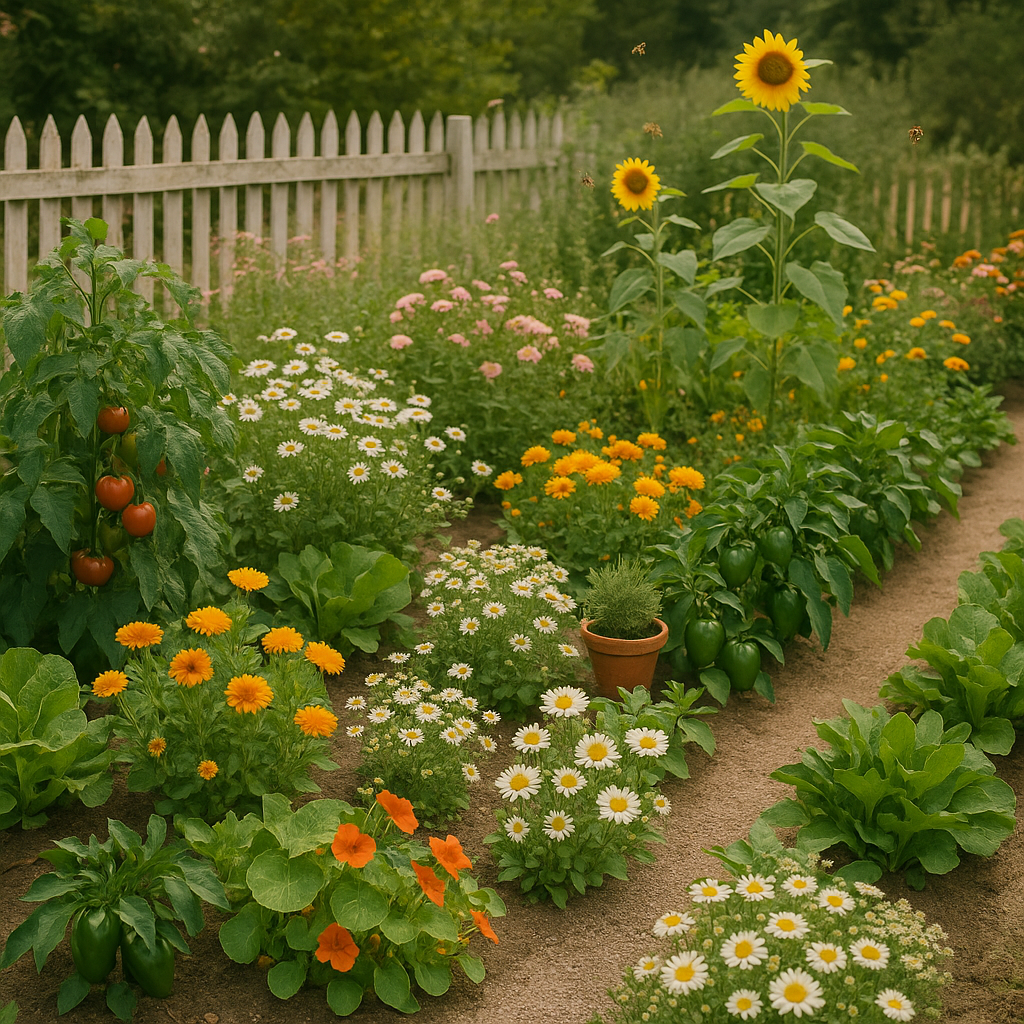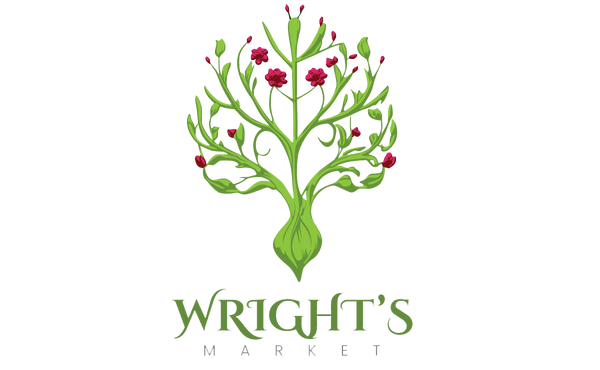
Bloom Together: The Art of Companion Planting with Flowers in Georgia Gardens
In the South, we know the value of good neighbors. Whether it’s a fresh pie delivered to your porch or someone lending a hand when your tomatoes get out of control, community matters. And the same is true in the garden—some plants simply grow better when they’re in good company.
That’s the heart of companion planting, especially when it comes to pairing flowers with vegetables. It’s a time-tested way to build a healthier, more balanced garden using nature’s own design. Beyond just looking pretty, certain flowers pull double duty—drawing in pollinators, keeping pests at bay, and even helping the soil.
Let’s take a walk through the garden and explore how planting flowers among your vegetables can do more than add color—it can make your whole garden thrive.
What Is Companion Planting?
Companion planting is the thoughtful arrangement of plants to help each other grow. Flowers in particular are valuable garden companions—not only do they offer beauty, but they invite the right kind of insects, discourage the wrong ones, and bring harmony to your garden beds.
In Georgia, with our warm seasons and long growing windows, we have the perfect conditions to put this practice to work in meaningful ways.
Two Kinds of Insects You Want in Your Garden
Flowers attract two types of helpful insects:
- Pollinators – Bees (honeybees and bumblebees), butterflies, moths, hoverflies, and even some beetles help fertilize your vegetable plants by transferring pollen. This leads to better yields, especially in crops like tomatoes, squash, beans, and cucumbers.
- Predators – Lacewings, ladybugs, hoverflies, and parasitic wasps all feast on garden pests like aphids, mites, and mealybugs. Having them nearby means fewer chemicals and a more balanced ecosystem.
Practical Companion Flowers (That Just Happen to Be Beautiful)
Here are some flowers that earn their keep in a Southern vegetable garden:
Marigolds
- Easy to grow and tolerant of Georgia’s heat.
- Repel nematodes, whiteflies, and aphids.
- Bright yellow and orange blooms draw in pollinators and hoverflies.
Calendula (Pot Marigolds)
- Deters whiteflies and attracts predatory insects.
- Thrives in full sun and blooms all summer if deadheaded regularly.
- The seeds are easy to save and replant.
Nasturtium
- Works as a “trap crop,” drawing aphids and blackflies away from your vegetables.
- Edible leaves and flowers add a peppery flavor to salads.
- Grows well along the edges of beds or in containers.
Poached Egg Plant (Limnanthes douglasii)
- Low-growing and great for path borders or between rows.
- Loved by hoverflies and bees.
- Can be turned into the soil at season’s end as a green mulch.
Chamomile
- Attracts hoverflies and tiny wasps that prey on pests.
- Also makes a gentle, calming tea—perfect for a quiet porch moment.
Comfrey
- A bee favorite and a source of nutrient-rich mulch.
- Best planted where it won’t spread too far—it’s vigorous!
Allium Family Flowers (onions, garlic, chives)
- If you let some plants bolt, their flowers attract hoverflies and look lovely in the garden.
Cover Crops That Work Overtime
If you’re between crops or want to improve tired soil, plant a flowering cover crop. These not only prevent weeds, but they feed the soil and the bees:
- Buckwheat – Fast-growing and great at attracting beneficial bugs.
- Phacelia – Winter-hardy, with soft lavender blooms that provide nectar early in spring.
- Crimson Clover – Loved by pollinators and adds nitrogen to the soil.
Tips for Companion Planting SuccesS
- Think in Layers: Plant low-growing flowers like nasturtiums along garden borders, and tall ones like sunflowers or cosmos at the back of beds.
- Use the Gaps: Sow quick-growing flowers between slower-growing vegetables.
- Start Simple: You don’t have to plant every flower—choose one or two companions to start and observe the results.
- Let Some Herbs Flower: Basil, oregano, parsley, and dill become powerful pollinator magnets once they bloom.
- Sow in Every Season: Some hardy annuals like calendula and poppies can be sown in fall for early blooms, while others are perfect for spring planting.
A Garden That Feeds More Than Just the Body
When you plant flowers in your vegetable garden, you’re doing more than adding color—you’re creating a living, breathing space of balance and abundance. You’re honoring the old wisdom of working with nature instead of against it. And you’re building a garden that’s as welcoming to bees and butterflies as it is to Sunday guests.
Just like Southern life itself, a companion-planted garden is rooted in the idea that we are better when we grow together.
